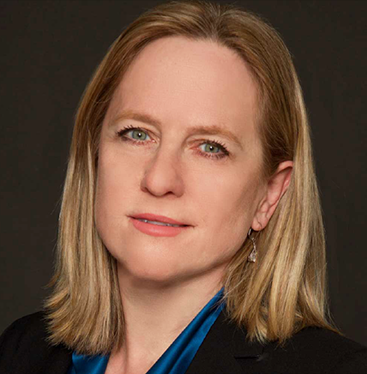
With the recent release of a new National Strategy to Combat Human Trafficking, U.S. Attorney General Merrick Garland has pledged the full force of the Justice Department to help end a scourge that has been described as the fastest-growing criminal enterprise in the world.
The strategy correctly focuses on what Garland calls the “three Ps” paradigm of protecting victims, prosecuting traffickers and preventing trafficking.
In announcing the strategy, the attorney general noted: “Our work…will require us to take a multi-disciplinary, trauma-informed approach that unites investigators, prosecutors, victim assistance specialists and non-governmental service providers.”
That’s the approach we’ve taken in Queens, where we are uniquely positioned to understand the complexity and intricacies of this deplorable, degrading crime.
Queens is home to two international airports and to many foreign-born and undocumented persons, making our borough rich in culture and diversity but also unfortunately a prime geographical location for trafficking.
During my first six months in office, I created a bureau within the district attorney’s office that’s dedicated solely to human trafficking cases. Since its inception less than two years ago, my office has secured 25 indictments, charging a total of 41 traffickers and exploiters of women and children.
In February, two defendants were indicted for allegedly exploiting a homeless victim’s circumstances and forcing her into prostitution for their own benefit, setting up sex dates in various hotels — as well as private homes and other locations — throughout the borough. Earlier this month, two men — acting independently of one another — were indicted for allegedly trafficking the same two teenage girls, ages 13 and 16, between November 2021 and February 2022. The defendants allegedly offered the girls for sex in online advertisements, and then lined their own pockets with the cash the girls were paid to have sex.
We have been, and will continue to be, rigorous in our prosecution of those who seek to profit from the illegal sexual exploitation of minors and the vulnerable.
As Garland indicates, holding traffickers accountable is essential — but provides only a partial solution.
That’s why my office has employed a comprehensive, culturally sensitive, victim-centered approach that helps all victims find the path to freedom while reducing the additional trauma of reporting and seeking aid.
Here in Queens, as elsewhere in our nation, traffickers use psychological or physical intimidation, violence, threats, forced drug use and fear to compel victims — often young people from underserved communities — to engage in acts of prostitution or labor. Human trafficking does not require that anyone travel across state lines, or anywhere at all. Traffickers seek out victims who are perceived to be vulnerable and marginalized because of their age, immigration status and even their mental capacity or past experiences with trauma. Some victims have been so coerced they fail to self-identify as a trafficked person.
As a result, underreporting remains the greatest challenge to thwarting human trafficking. Working with victims to connect them to much needed legal, housing, social, medical, and immigration services is essential to reducing the vulnerabilities that traffickers use to exploit them. That is why I have increased staff and resources targeted for outreach and training aimed at the identification and even the prevention of human trafficking.
The U.S. Advisory Council on Human Trafficking noted in its December 2021 report that increased awareness of trafficking among the public and employment sectors — through trainings, webinars, public awareness campaigns and other venues — is critical to combat trafficking.
Even prior to the issuance of that report, my office put additional resources toward community and institutional outreach to ensure that community members, institutions and those at risk can identify trafficking and are armed with the information and tools to know how to seek help and what resources we have available. They also need to know that my office is a safe haven for anyone who is seeking to escape a trafficking situation, regardless of social, economic or immigration status.
Human trafficking is a complex crime that cannot be eliminated by one office or organization. Therefore, we place importance on our relationships and routine collaboration with our partner service care providers, and both governmental and non-governmental organizations and institutions.
Further, trafficking often spans over multi-jurisdictional levels, so my office’s consistent collaboration and coordination with the U.S. Justice Department and other local city and state law enforcement institutions is a valuable tool we use to respond. This interagency collaboration ensures that we bring traffickers to justice under the strongest laws available of the federal and state and to best preserve the rights and needs of survivors.
(The author is District Attorney, Queens County, NY)





Be the first to comment